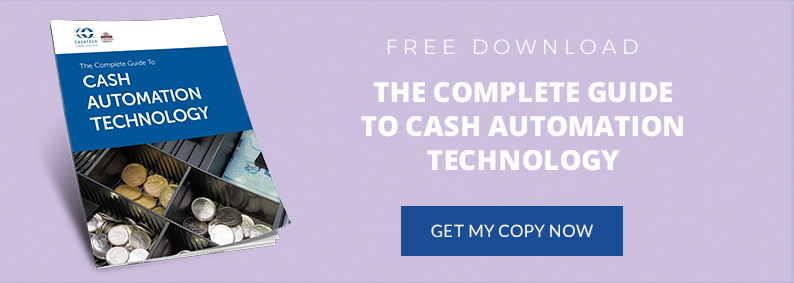More and more fresh polymer bills are beginning to circulate. The polymer bills are used as the previous Canadian currency was, but the changes in material and texture can make them harder to handle. Here are some things to keep in mind as you start to receive more of the polymer bills.
Brand-New Bills
If you receive very new bills, they may tend to stick to each other. This is similar to the old paper currency, which also tended to stick to together when very new. However, the surface texture will change the more the polymer bills are handled. The new bills will become less "grabby" over time after being stored with other bills in wallets and purses, and run through bill acceptors in vending machines and self-checkout lanes.
Different Feel Needs Extra Attention
Some people also find the new bills feel much different from the old paper currency. They can be too slippery or too slick, and therefore more difficult to handle and count. This can lead to really unfortunate situations, such as the case of a vendor at an outdoor market who accidentally gave away extra $20 bills as change. He simply didn't notice that the bills were sticking together because he wasn't yet used to the difference in the feel of the new bills. If you find the new bills to be slick or grabby, take extra care when counting money, especially when making change for customers.
The Bank of Canada has produced a video with several tips for handling the new currency, which may give you some good ideas about handling and counting the new bills until you get used to the feel of them. This is one part of an entire series with information about the new polymer bank notes.
Rely on Technology
If you have a lot of currency to count on a regular basis, struggling to count the new bills can really slow you down. Accuracy can suffer too if the bills stick together, and you find it difficult to feel the difference. Having another person double check your counting is one way to avoid mistakes, but that is even more time-consuming than slowly counting the bills in the first place. A money counter is a better choice for handling large amounts of cash quickly and accurately, including the new polymer notes.
The release of the polymer notes means some changes for bill counters, too. Feeding a stack of new notes into an old bill counter is not necessarily going to give you good results. Money counting machines also need to be adjusted for the new notes, less because of the surface texture than because the new notes are much thinner than the old paper ones.
But with the right adjustments, a note counter will handle both polymer and paper notes with equal ease and accuracy. You may be able to adjust an existing note counter yourself, but you can also contact us for assistance to make sure your cash automation technology will handle polymer bills accurately.



